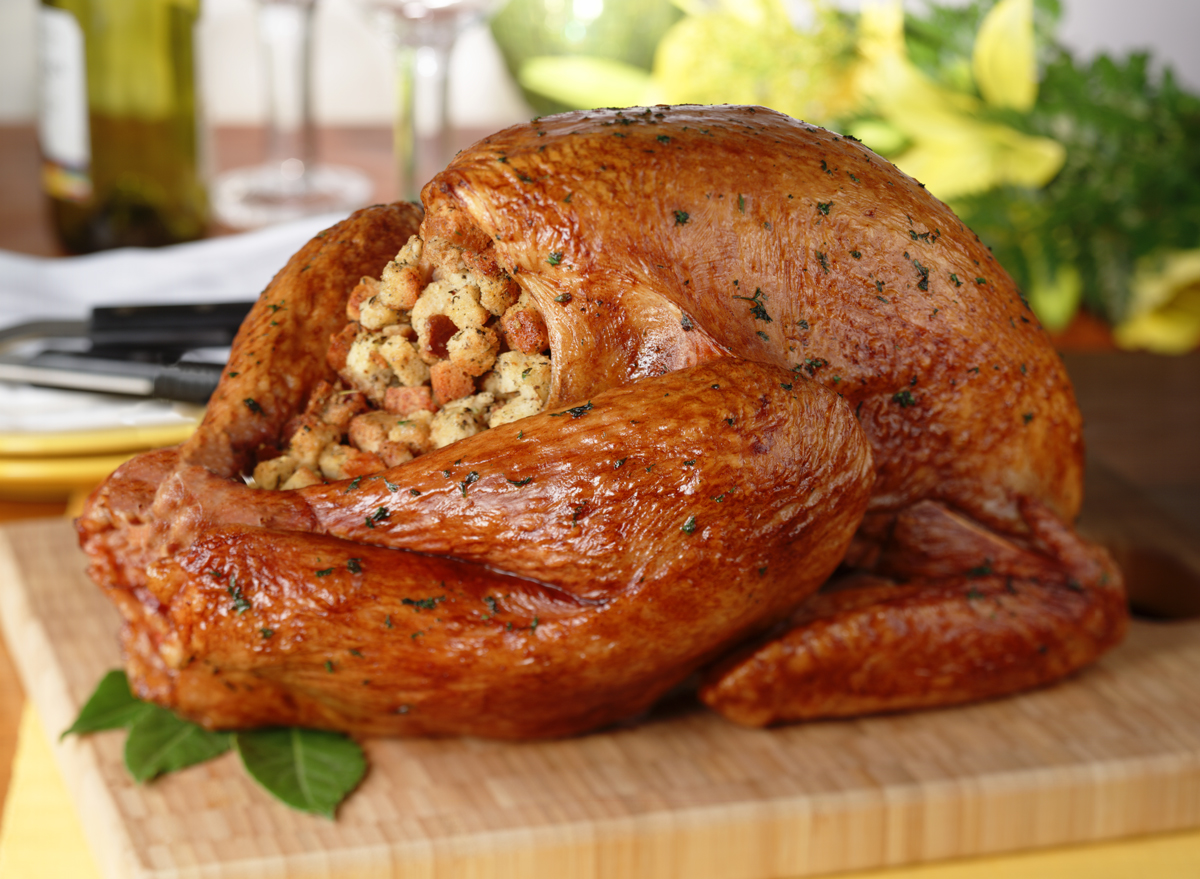If anyone has ever told you to watch your blood sugar, they may have also told you to limit your “white” foods. Oftentimes, health practitioners will rattle off all white, starchy items like potatoes, white pasta, desserts, white bread—and of course, white rice.
As a registered dietitian and certified diabetes educator, I’m here to tell you that white rice can be part of a healthy, balanced diet—not to mention all those other white foods, as well. With a little attention to a balanced plate, you can certainly include white rice in your diet if you prefer it over brown rice or other alternatives.
Dispelling white rice myths
It’s true that white rice is mostly starch. Like most white grains, when processing white rice, the outer husk, which contains fiber, is removed in addition to the inner germ that contains nutrients. Vitamins and minerals from the germ are later added back in after processing.6254a4d1642c605c54bf1cab17d50f1e
As a whole grain, many are of the belief that brown rice is generally better for you than white rice. While the bran and germ content of brown rice is richer in organic fiber, vitamins, and nutrients, when comparing brown to white rice cup for cup, they contain nearly the same amount of total carbohydrates, with white rice at 45 grams of total carbs per cup and brown at 46 grams. Furthermore, the difference in fiber is roughly three grams per cup.



























